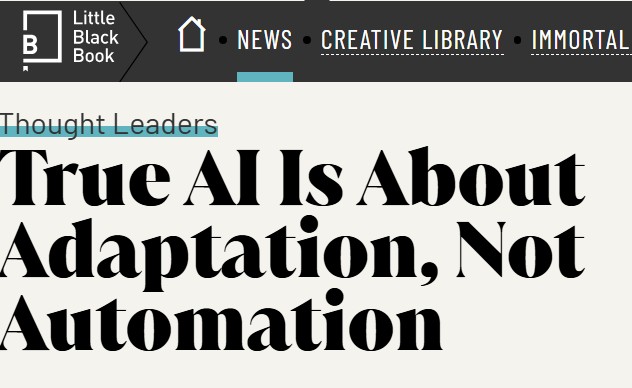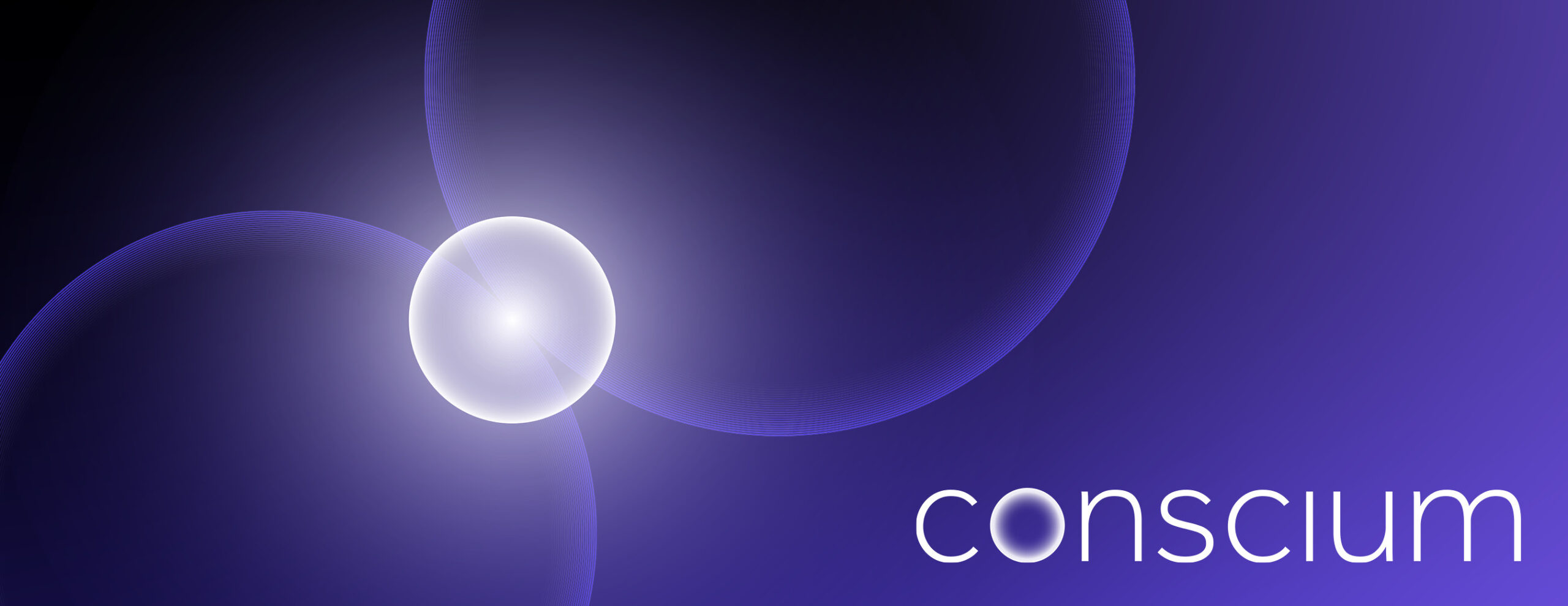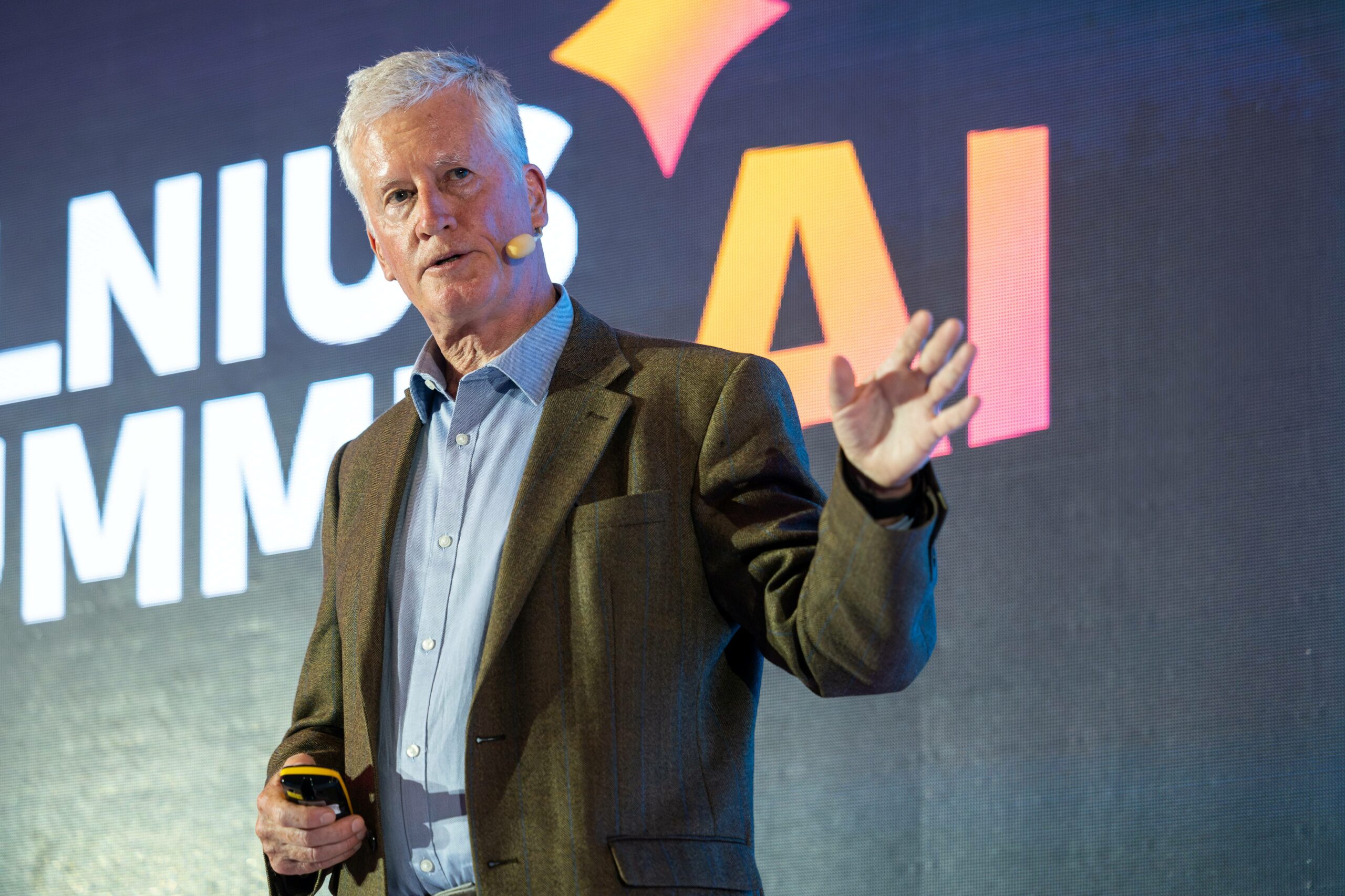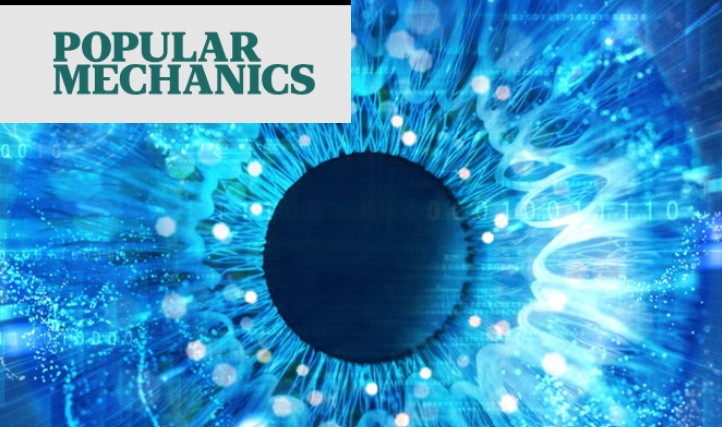Pioneering Safe, Efficient AI.


We are an AI safety company
Our name comes from the intuition that machine consciousness may play a vital role in AI safety in the coming years, both from the perspective of humans and machines. You can read more about that here, and elsewhere on this website.
We are currently developing and commercialising three products:
This is the year of AI agents, according to … well, just about everyone in the AI community. An AI agent is one which can affect the real world directly, either by controlling a physical robot, or by controlling a computer with access to the internet.
Simple agents have existed for years. Amazon’s Alexa could turn light switches on and off, and play music. But until very recently, advanced AIs were limited to sourcing, analysing, and synthesising information. Now, increasingly, they are able to draw up sophisticated, multi-stage plans, and execute them without human supervision.
Agents like this are being used to automate many of the tasks which humans perform as part of their jobs. They can book an airline ticket, check that an ad complies with a client’s brand guidelines, reconcile expenses against a budget, or manage a project involving multiple humans and other agents.
These agents need to be verified, to check that they do what they are supposed to do, and only that. Agent verification will be a large and important business, and Conscium will be a leading player in it.
Some organisations want to verify their own agents but need a third-party environment in which to do so. Conscium has developed Arenaax to meet this requirement.
Send us your agent and your verification protocols and we will run the tests and the simulations for you on our platform. Both your agents and your verification processes remain entirely confidential to you, but you have the confidence that the verification process has the best possible chance of being effective and reliable.
Today’s leading AI models are notoriously gluttonous for data and energy. The human brain consumes the same power as a light bulb, whereas it takes the energy of a city to train a Large Language Model (LLM) like GPT-4.
LLMs are also brittle, and easily confused. Human knowledge is highly subjective, and full of contradictions, and LLMs often forget the context and muddle up information during extended conversations.
In 1989, an American engineer named Carver Mead proposed building spiking neural networks (SNNs) to emulate the behaviour of animal neurons and synapses. He called this neuromorphic computing. Since then, a growing community of scientists and engineers has demonstrated potential benefits of speed, efficiency and resilience from neuromorphic hardware and software, but the systems have so far proved hard to scale.
We have teamed up with Jason Eshragian of the University of California, Santa Cruz. He is the developer of snnTorch, a Python library with over 300,000 downloads for training SNNs. Jason and his team are developing digital twins of people, products, and processes, which constantly learn, and improve with with experience.
Neuromorphic computing systems are starting to fulfil their promise in niche applications like remote sensing and drone navigation, where power, weight, and time are at a premium. We intend to be a leading player in these areas.

Advancing our understanding of what it means to be human.
Join the Conscious AI meetup to stay informed about events.
Meet our team
The Conscium team brings to bear many decades of experience in AI, artificial life, software development, and creating and scaling organisations. It is led by Dr Daniel Hulme, who co-founded an AI consultancy in 2012 and sold it a decade later to WPP for $100m.
Dr. Daniel Hulme is a pioneer in Artificial Life, spanning both neural networks [modelling bumblebee brains] and computational complexity.
Daniel sold his AI business, Satalia, to WPP in 2021.
He is now WPP’s Chief AI Officer, and Entrepreneur-in-Residence at UCL WPP is a co-founder of Conscium
Dr. Daniel Hulme
An expert in spatio-temporal computation and neural architectures for multi-modal data, he currently leads
Satalia’s data science team, and serves as the technical lead for WPP’s AI programme.
Ass. Prof. Ted Lappas
An expert in evolutionary computation and data-driven optimisation. He currently leads WPP’s AI Research Labs.
Dr Panagiotis [Panos] Repoussis
Ed Charvet is a serial entrepreneur who has also directed strategy for large multinationals and served as COO.
He advises private equity firms and is an angel investor.
Ed Charvet
Calum Chace spent 30 years in business, mostly in strategy consulting. He has written several best-selling books on the future of AI, and has given keynote talks in over 20 countries. He advises governments and companies on AI policy.
Calum Chace
FAQs
We don’t know what gives rise to consciousness. There are many theories, and none have achieved the status of scientific consensus. Many neuroscientists are ‘computational functionalists’, which means they believe that information processing is what gives rise to consciousness. On this view, machines process information, so they could very well become conscious.
For many decades, computers have been getting twice as powerful every 18 months or so. This exponential growth is remarkably powerful. A computer in the year 2000 with the power of today’s smartphones would have been among the most powerful machines in the world and would have cost tens of millions of pounds. This exponential growth is not slowing – if anything it seems to be accelerating. We do not know what the dramatically more powerful computers of 2045 will be capable of. Unless consciousness is a spiritual or magical process, conscious machines – of some type – should be possible in the next decade or two.
A very intelligent machine does not need to be conscious to have goals. In fact, machines already have goals, because we give them goals. These goals entail sub-goals. For instance, if you give a machine the goal of winning games of chess, it will inevitably acquire the sub-goal of surviving long enough to win some games.
We think it is likely that a machine endowed with consciousness will appreciate the value of that phenomenon in a way that a machine without it never could. This does not mean that it will inevitably like us or seek our welfare, but it is reasonable to think that it might.
AI may or may not achieve consciousness, but what it will almost certainly achieve is super-intelligence. A super-intelligent AI that lacks consciousness will lack subjective experience (qualia) and will never be able to empathise with humans. We will just have to hope that it doesn’t determine that harming humans helps whatever objective it is trying to achieve.
We won’t just make a self-adaptive AI and push it until it achieves consciousness by any means necessary. We will plan and verify every step in the journey. Verification is a key part of our design.Most AI labs have safety as an added extra, with capability and commercial being the primary goal. In a very real sense, Conscium is the other way round. We will generate healthy commercial returns as a by-product of our exploration of consciousness to make AIs safe.
It is possible. So might a machine without consciousness. In fact the great majority of humans treat other conscious entities with more respect than they treat non-conscious ones. Most humans would think twice before treating a pair of animals the way they would a hammer and a nail, for instance.
Being conscious or aware doesn’t mean you are benevolent. We have plenty of examples of that in humans. If AI does achieve consciousness, we want it to be because we carefully planned it. We don’t want it to just happen, hope we can detect it in time, and have its benevolence be a coin toss.
Today’s most advanced AIs are developed by engineers and data scientists. The neuroscience, philosophy, psychology, ethics, anthropology communities are on the outside looking in, sometimes raising red flags that are ignored. We are building a dedicated, multidisciplinary team from top minds from all these communities.
The harms you describe are real, and need to be addressed, although we think the conspiracy claim is nonsense. (No company would divert attention from malfeasance by saying it might destroy the species.) The gravity of short-term AI risks does not make the longer-term risks summed up in the phrase “AI safety” any less real. It is obviously possible to have two sets of problems at the same time. One does not cancel the other out.
These kinds of unacceptable outcomes are known as mind crime, and they are one of the main reasons for Conscium’s existence. As we develop more and more capable machines, it is entirely possible that we will create conscious ones, and if we are not looking out for this, we may be unaware of it. We could end up inadvertently committing mind crime on a massive scale, and we must avoid this. We need to understand much more about how consciousness arises, whether and how it could arise in machines, and how to detect and measure it in machines. This is a core part of Conscium’s work.
There are many different explanations of the origin of consciousness in humans and animals, and it is by no means universally accepted that a god played a role. There are many different religions and doctrines in the world, and they all have contradictory explanations of how humans were created. We do not accept that any one religion has the right to impose its explanation on all other religions, and on atheists. Furthermore, if a god did create us, and if humans do create conscious machines, then that will either mean that the god intended us to do so, or that creating consciousness is not the sole prerogative of the god.
Neuromorphic computing seeks to mimic the structure and functioning of the biological brain, particularly neurons and synapses, to achieve more efficient processing. It is true that neuromorphic computing is still unproven, but we have only recently had machines (e.g. SpiNNaker at University of Manchester) operating at scale. There is no guarantee of their ultimate value, but there are promising signs.
Traditional ANNs have produced excellent results, but in some ways they are very narrow in their capabilities – they lack a lot of functionality that even the simplest organisms exhibit. They are also increasingly unviable in several respects, including energy use, learning speed and flexibility, and graceful degradation in the presence of noise/errors and latency.
Latest Blog Articles

The Road to Superintelligence
First published in Forbes on 13 November 2025 About a decade ago, Geoff Hinton declared that human radiologists were like Wily E.…...
Read More

True AI Is About Adaptation, Not Automation
First published in LBB, 13 October 2025 For brands to succeed, they must move beyond the hype and adopt a practical framework…...
Read More

Cherry blossoms and free umbrellas – rethinking ‘company values’ in the age of AI
Last week I was in Tokyo. It has been far too long since I last visited Japan. I fell in love with…...
Read More
Explainers
Explainers are our breakdown of key AI concepts and terms in an accessible way, helping you navigate the complex world of artificial intelligence.

Are today’s LLMs conscious?
Many people are tempted to believe that large language models (LLMs), such as ChatGPT, Gemini, and Mistral, might be conscious. This is…...
Read More

Why is machine consciousness important?
In this video, Daniel explains why Conscium was founded, and why we should all be interested in whether machines can become conscious,…...
Read More

Machine consciousness and the 4Cs
Calum explains four scenarios (the four Cs) that may play out when superintelligence arrives, and the role that machine consciousness could play…...
Read More
Latest Media Articles

Can consciousness make AI safer? Daniel explores the pros and cons of zombie vs aware superintelligence
Thomas Macauley, in AGI Ethics News, 14 December 2025 For decades, science fiction has taught us to fear conscious AI, portraying machines…...
Read More

“A broken agent could cost a company billions of dollars.” Conscium featured in Sifted magazine
Éanna Kelly a contributing editor at Sifted, writes about companies testing and monitoring AI agents. If AI proponents are to be believed,…...
Read More

Conscium featured in Popular Mechanics
In a 1,500-word feature, Stav Dimitropoulos asks how Conscium is investigating artificial consciousness: Everyone imagines the Singularity as a cold, über-rational superintelligence,…...
Read More
Get in touch
We are currently in stealth mode, but feel free to get in touch.

